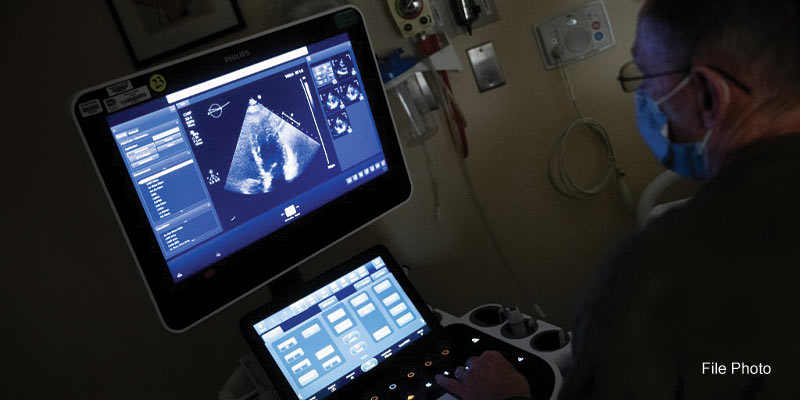- World
- May 11
In a first, US patient begins gene therapy for Sickle Cell Disease
• Kendric Cromer, a 12-year-old boy from Washington, has become the first person in the world with sickle cell disease to begin a commercially approved gene therapy.
• The therapy costs $3.1 million, which was covered by his family’s insurance.
• In December 2023, the US Food and Drug Administration (FDA) approved two milestone treatments, Casgevy and Lyfgenia, representing the first cell-based gene therapies for the treatment of Sickle Cell Disease (SCD) in patients 12 years and older.
• Bluebird Bio, the company that developed gene therapy treatment called ‘Lyfgenia’, says it can treat only 85 to 105 patients per year.
• Lyfgenia is a one-time ex-vivo lentiviral vector gene therapy approved for the treatment of patients 12 years of age or older with sickle cell disease and a history of vaso-occlusive events (VOEs). Lyfgenia works by adding a functional ß-globin gene to patients’ own hematopoietic (blood) stem cells (HSCs).
• Casgevy is the first FDA-approved therapy utilising CRISPR/Cas9, a type of genome editing technology. Patients’ hematopoietic (blood) stem cells are modified by genome editing using CRISPR/Cas9 technology. CRISPR/Cas9 can be directed to cut DNA in targeted areas, enabling the ability to accurately edit (remove, add, or replace) DNA where it was cut.
Sickle Cell Disease
• The haemoglobinopathies are a group of disorders passed down through families (inherited) in which there is abnormal production or structure of the hemoglobin molecule.
• Approximately 5 per cent of the world’s population carries trait genes for haemoglobin disorders, mainly, sickle-cell disease and thalassaemia.
• Over three lakh babies with severe haemoglobin disorders are born each year globally.
• Sickle Cell Disease (SCD) is one such blood disorder caused by the abnormal haemoglobin that damages and deforms red blood cells.
• Red blood cells contain haemoglobin, a protein that carries oxygen. Healthy red blood cells are round, and they move through small blood vessels to carry oxygen to all parts of the body. In someone who has SCD, the haemoglobin is abnormal, which causes the red blood cells to become hard and sticky and look like a C-shaped farm tool called a “sickle”.
• The sickle cells die early, which causes a constant shortage of red blood cells. Also, when they travel through small blood vessels, they get stuck and clog the blood flow. This can cause pain and other serious complications.
• The disorder requires lifelong management and contributes to infant and childhood morbidity and mortality. SCD is caused by inheritance of two abnormal HbS genes, one from each parent or HbS gene from one parent and HbE or β thalassemia gene from the other.
• Sickle cell syndromes include Sickle Cell Disease (SCD, HbSS), also called Sickle Cell Anaemia (SCA), as well as disorders due to sickle cell gene combined with another hemoglobinopathy such as Hb C, E, or β thalassemia.
• Persons carrying only one of these genes are called ‘carriers’ as they do not suffer from any disease but carry the abnormal gene and transmit it to the next generation. Carriers cannot be recognised clinically, but only by performing special blood tests. Where both mother and father are ‘carriers’, there is a chance that their children may inherit the abnormal gene from both parents.
Manorama Yearbook app is now available on Google Play Store and iOS App Store

